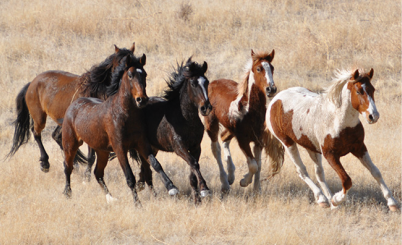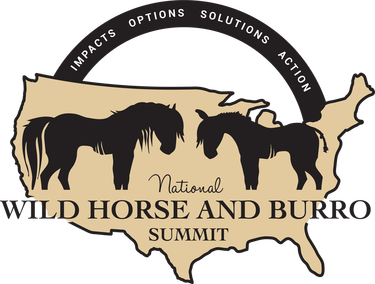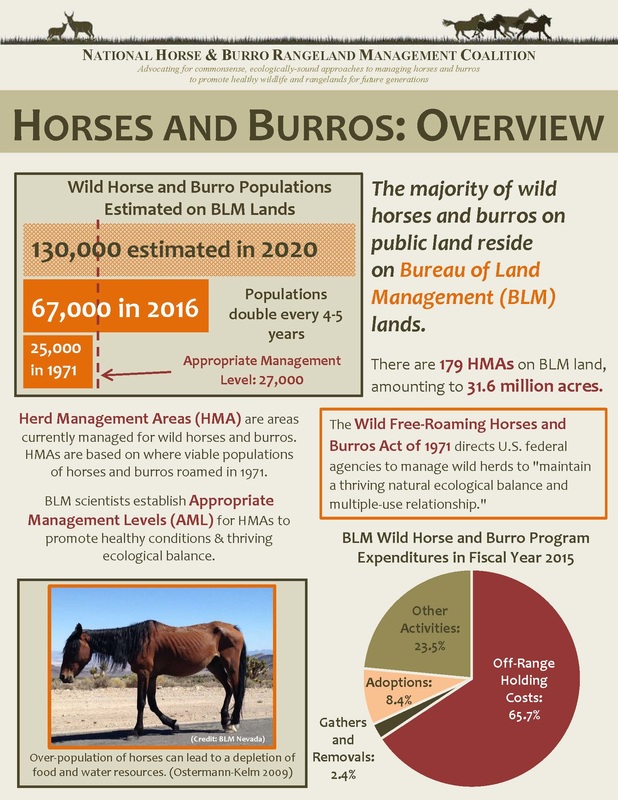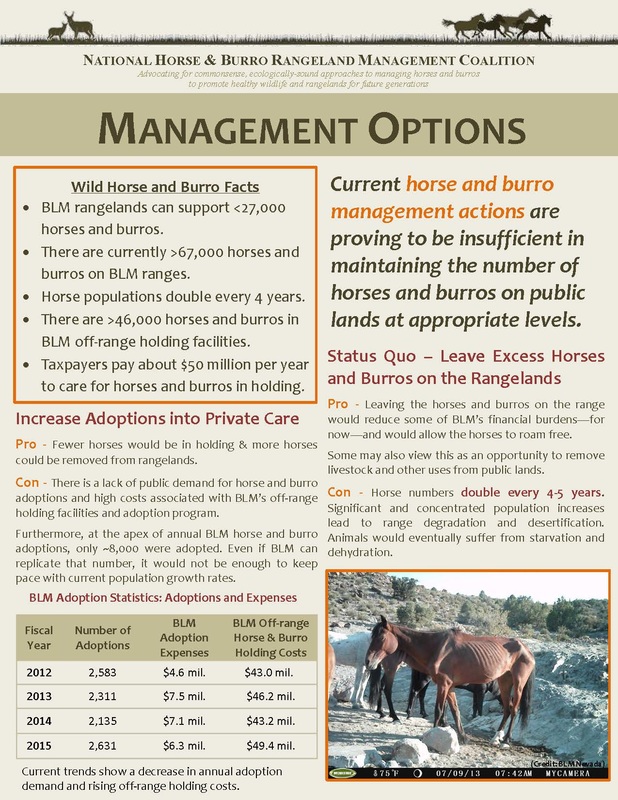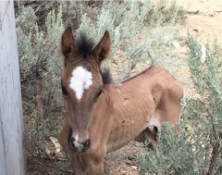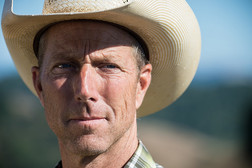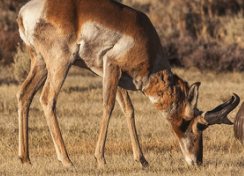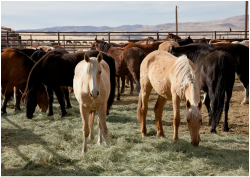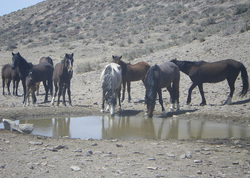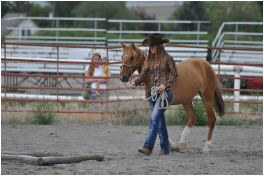National Wild Horse & Burro Summit PresentationsThe National Wild Horse and Burro Summit was held in Salt Lake City, Utah on August 22 - 24, 2017, to consider the current situation and science regarding the management of free-roaming horses and burros.
Coalition members attended and participated in the Summit to help raise awareness of the issue and advance policy changes that will improve the sustainability of our rangeland ecosystems. |
|
Wild horses and burros are to be managed according to the Wild and Free-Roaming Horse & Burro Act of 1971, which specifies where wild horses and burros can occupy public lands, and that they shall be managed in a manner that produces a thriving natural ecological balance. In addition, the Bureau of Land Management (BLM) and U.S. Forest Service (USFS) are required by law to manage and balance multiple uses of public lands, including wildlife, horses, and cattle grazing.
Horses and burros currently roaming the Western landscape are not native to North America. These animals are descended from domesticated breeds brought to North America from Europe. Learn more. Facts of wild horse and burro management on our western public rangelands:
|
Learn more about how the growing overpopulation of wild horses and burros
impact on our public rangelands in the pages below.
impact on our public rangelands in the pages below.
|
Photo credit: Tom Allen
Horses & BurrosWild horses and burros are at risk of starvation and dehydration. There are not enough resources on the range to sustain their overpopulation.
Photo Credit: USDA
Western HeritageThe Western way of life is based on healthy rangelands. Hunters, ranchers, and outdoor enthusiasts all rely on healthy rangelands that are being compromised as a result of inadequate federal management.
|
Photo credit: BLM
Native WildlifeMany of our nation's wildlife species rely on healthy rangelands. Non-native horses and burros compete with native wildlife for scarce food and water resources.
Photo Credit: BLM Nevada
Taxpayer DollarsTaxpayers contribute millions of dollars each year to wild horse and burro management. Unless changes are made, expenses will continue to rise.
|
Photo credit: BLM
Rangeland EcosystemOverpopulated horse and burro herds are threatening the health of our rangelands by compacting soils and removing vegetation, eventually causing desertification.
Photo Credit: BLM
How You Can HelpYou can encourage changes to our nation's wild horse and burro management, and help achieve healthy herds on healthy rangelands.
|

